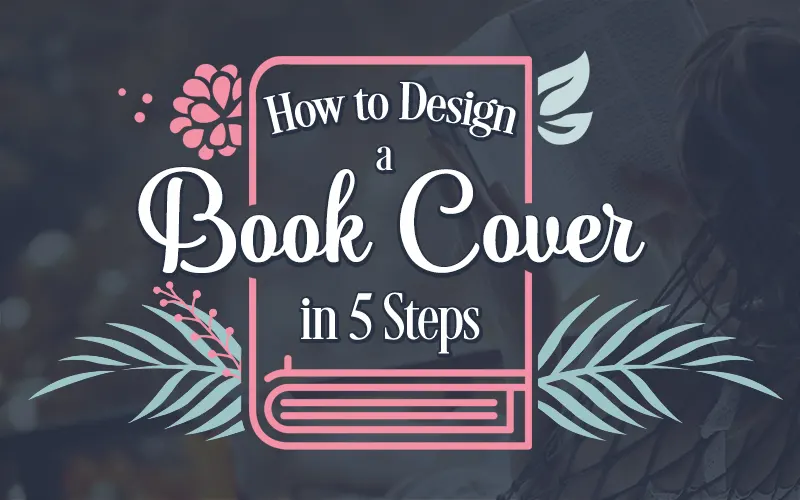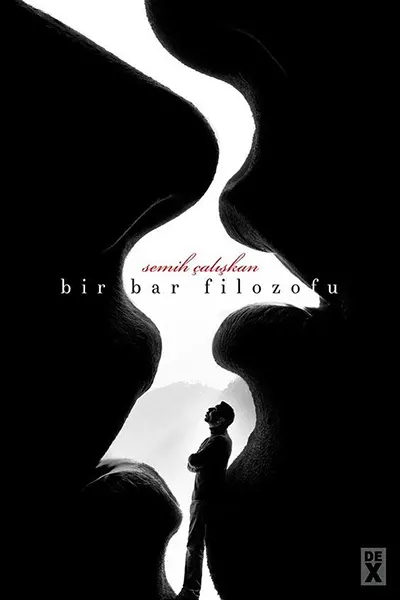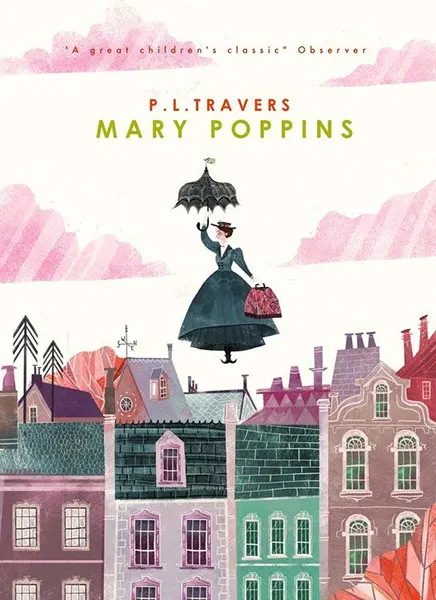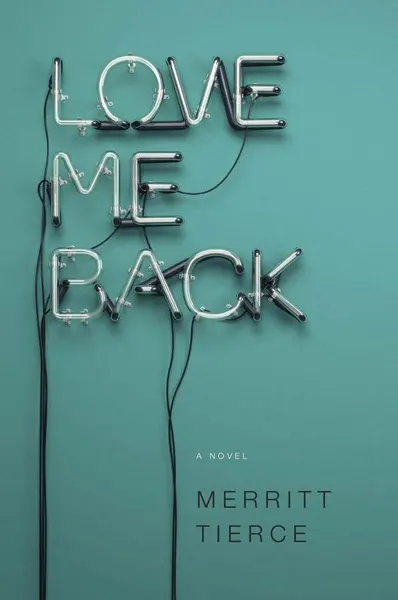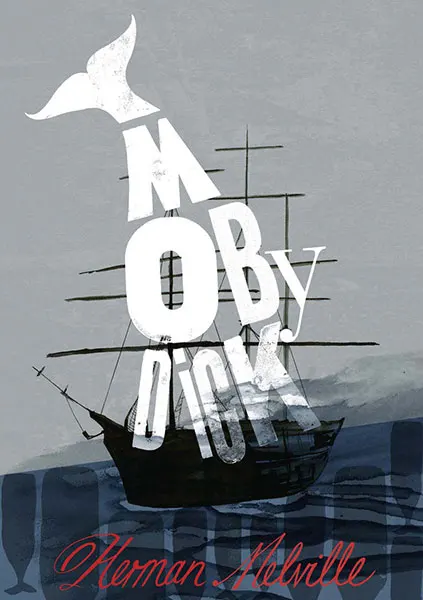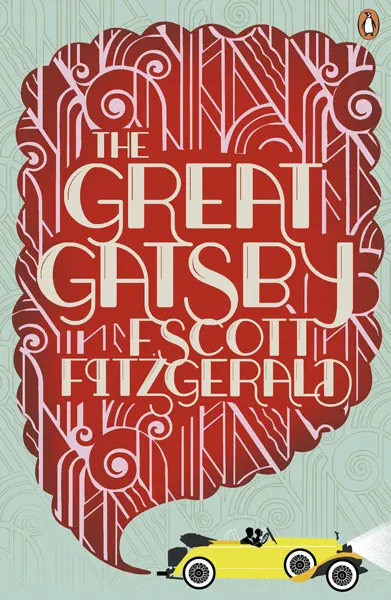Although some people think, books are not in decline, the digital format is constantly growing and platforms such as Kindle, of the giant Amazon, are generating huge revenues thanks to writers who sell their books through them. And of course, one of the most important aspects to stand out among many competing writers’ work, it’s the cover.

Step One: Research.
There has to be some consistency between the cover and the content of your work, without forgetting creativity. The covers of fiction use the emotions generated by the plot, such as surprise, curiosity, fear, intrigue, etc. through the elements of the design. While the nonfiction covers opt for providing images of great impact, causing the mood that seeks the reader. All with one intention: to catch the attention of the public, refer to their emotions and feelings, help them make a decision.

Step Two: Measures and Format of Your Book.

Step Three: Choose the Design Tool Most Suitable for You.
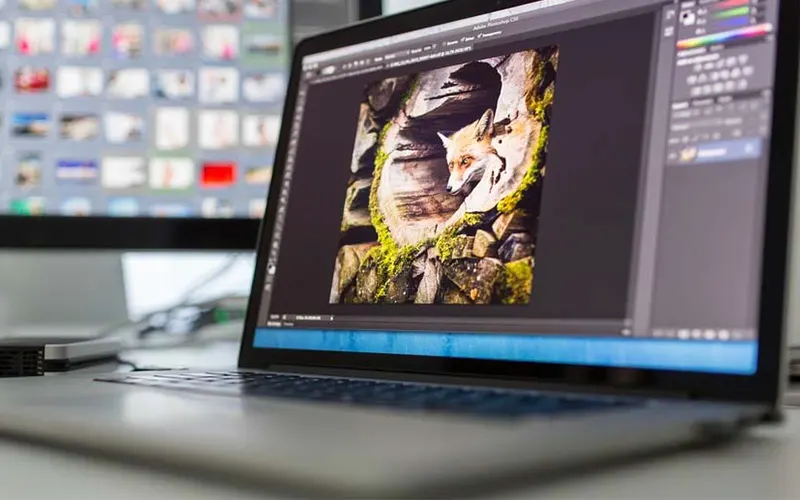
Step Four: Selection of the Main Image.
Identify the emotions and sensations that will experience the readers when getting in touch with the cover of your book for the first time. Use color psychology to activate particular emotions or feelings. For example, orange transmits energy; blue, serenity, purple inspires respect, with a simple search on google you can find great contributions that will make the design be much closer to your readers. I recommend you thoroughly to study this issue, it will be one of the determining factors of the artistic direction of your design and most importantly, will contribute positively to the success of sales.
There are many sites available to get an image for your cover. Quality images often have a price, and you should make sure you get the distribution rights to acquire them, in order to avoid inconveniences with the owners of the images. If you want to sell your book, forget to include unlicensed google images, of which you are not sure of its origin. “Better preventing than regretting” they say.
Step Five: The typography.
Besides typography, it is also important to think about the amount of text that you will want to include in the cover design, starting with the title. Perhaps you’re thinking to express so much with the title of your work, so I suggest the following: In some cases, a very long title makes the reader lose interest, so, a balanced combination of items such as picture and background to create a atmosphere that will make the reader know what the book is about, will be very helpful. Otherwise, with a very short title we can rely on hook phrases or leitmotiv to cause the reader’s curiosity. Everything will depend on the artistic direction you’ve decided to take on your own or with the support of an expert designer.
Is worth mentioning that just as there are free fonts on the Internet, there are also licensed for commercial use, so I recommend you pay attention to this detail before commercially distribute your work to avoid legal problems later.

